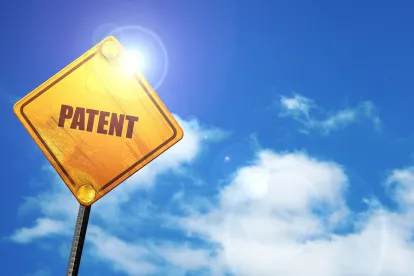ASETEK DANMARK A/S v. CMI USA INC: Apr. 3, 2017. Before Prost, Newman, and Taranto
Takeaways:
-
In calculating a reasonable royalty, the district court may rely on the patentee’s per-unit profits.
-
Dismissing claims with prejudice against a defendant does not preclude a district court from subjecting the defendant to an injunction on the dismissed conduct.
Procedural Posture:
At the N.D. Cal., plaintiff Asetek prevailed at trial, receiving a judgment of infringement, and of no invalidity, plus a damages award against defendant CMI. The district court entered an injunction against CMI and Cooler Master. CMI and Cooler Master appealed. The CAFC affirmed the ruling on infringement, invalidity, and damages, and affirmed-in-part, and vacated-in-part the injunction. The CAFC wrote another opinion December 6th, 2016, in which they did not vacate the injunction.
Synopsis:
-
Infringement: The CAFC affirmed the jury finding of infringement. Where the parties and the district court provide the jury “only with the claim language itself,” and not with an interpretation of the language based on the intrinsic evidence, the jury’s findings must be tested by the charge actually given and by giving the ordinary meaning of the language of the jury instruction. The only question on appeal is then one of substantial evidence. The asserted claims required that the “heat exchanging interfaces” be “removably attached.” Because the parties did not request a construction of the claim terms “removably attached,” or “removably coupled,” and because they did not object to the jury instructions, the CAFC applied the ordinary meaning of the instructions, and concluded that substantial evidence supported the finding of infringement.
-
Obviousness: The CAFC affirmed the district court finding of no invalidity. All asserted claims of one patent required a “thermal exchange chamber.” The district court found that one of the references did not teach the claim element, a factual finding in the obviousness analysis. This was not clear error. Sufficient evidence supported the finding that a person of ordinary skill in the art would not consider the reference as having a “thermal exchange chamber.” And no ordinary meaning or claim construction required the conclusion that the prior art taught the claim element.
-
Reasonable Royalty: The CAFC affirmed the jury damages award. The fact that a royalty calculation relies in part on the patent owner’s per-unit profits does not make it an unreasonable award. In a hypothetical negotiation, it would be “logical” for the patent holder to negotiate a per-unit royalty payment equal to its per-unit profit. Furthermore, substantial evidence supported the jury award of 14.5% despite that Asetek had previously licensed the patent at a lower royalty rate. Asetek’s damages expert testified that the effective royalty rate of the prior license was between 10% and 19%. Also, the license was distinguishable because it was between Asetek and its customer, and Asetek would have sought a higher royalty rate against a competitor like CMI.
Permanent injunction: The permanent injunction against Cooler Master was proper despite the earlier dismissal of claims against the Taiwanese company with prejudice. Claim preclusion from the dismissal with prejudice did not bar the injunction. Injunctive relief covers future conduct, and “claim preclusion does not bar relief as to future conduct.” The difference in timing between pre-dismissal conduct and post-injunction conduct “means that the two situations do not involve the same claim for claim-preclusion purposes, even if all the conduct is alleged to be unlawful for the same reason.” As to the scope of the injunction (reaching Cooler Master in its own capacity), the CAFC partially vacated the injunction, and remanded.




 />i
/>i

